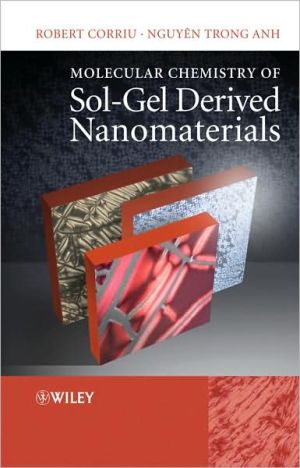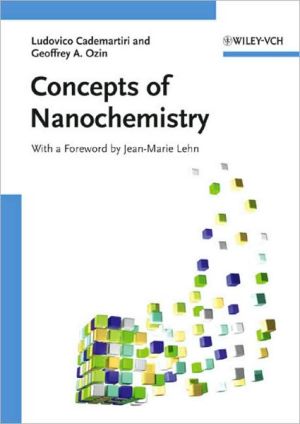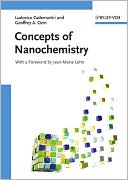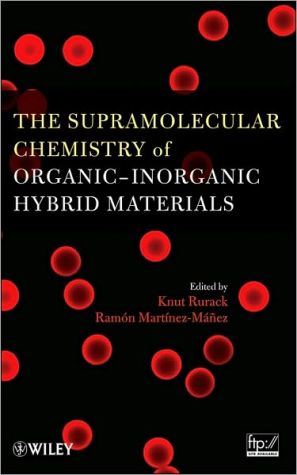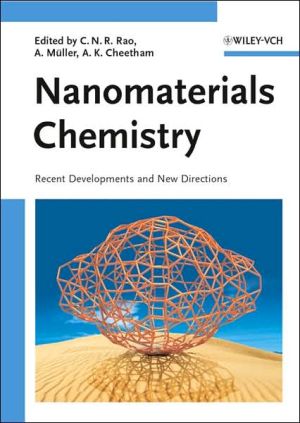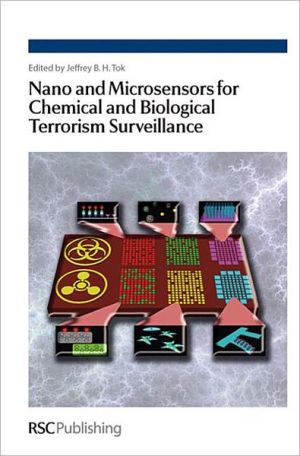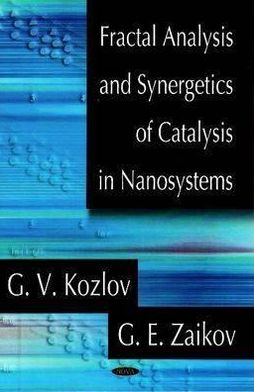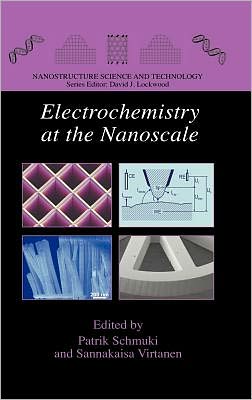Molecular Chemistry of Sol-Gel Derived Nanomaterials
Presenting the wide range of synthetic possibilities opened by sol-gel processes in the field of organic-inorganic materials, Molecular Chemistry of Sol-Gel Derived Nanomaterials discusses the state of the art in the synthesis of the various nanomaterials. The text includes examples of applications, including photoluminescent nanocomposites, grafted nanomaterials for selective separations of ions or isotopes, for cascade syntheses, chelation of transition metals and lanthanides by lamellar...
Search in google:
Presenting the wide range of synthetic possibilities opened by sol-gel processes in the field of organic-inorganic materials, Molecular Chemistry of Sol-Gel Derived Nanomaterials discusses the state of the art in the synthesis of the various nanomaterials. The text includes examples of applications, including photoluminescent nanocomposites, grafted nanomaterials for selective separations of ions or isotopes, for cascade syntheses, chelation of transition metals and lanthanides by lamellar structured nanomaterials, and immobilized enzymes on mesoporous nanomaterials. This indispensable text for graduate students, engineers, and scientists concludes with a look toward future developments.
Preface ixAbout the Authors xiii1 Molecular Chemistry and Nanosciences 11.1 Introduction 11.2 Scope and Origin of Nanosciences: The 'Top-Down' and 'Bottom-Up' Approaches 21.3 Chemical Mutation: From an Exploratory to a Creative Science 41.4 Carbon and Ceramic Fibers: The Nanomaterial 'Ancestors' 91.4.1 Carbon Fibers 91.4.2 SiC, Si3N4 Ceramic Fibers 111.5 Conclusions 14References 152 Nano-Objects 172.1 Introduction 172.2 Presentation of Nano-Objects 182.3 Synthesis of Nano-Objects 212.4 The Nano-Object: Entry into Nanosciences 222.4.1 Nano-Objects and the Exploration of the Nanoworld 23References 243 Introduction to Material Chemistry 273.1 General Remarks 273.1.1 The Difference Between Materials and Chemical Compounds 283.1.2 Examples of Shaping and Use 293.2 Inorganic Materials: Crystals and Glasses 303.3 Thermodynamically Controlled Organic-Inorganic Hybrid Materials 313.3.1 Crystalline Molecular Materials 313.3.2 Materials Derived from Hydrothermal Synthesis 323.4 Ceramic Materials Obtained from Organometallic Polymers: Ceramics with Interpenetrating Networks 343.5 Inorganic Polymer Materials (Sol-Gel Process) 383.5.1 Inorganic Polymerization: An Introduction 383.5.2 Physical Characteristics of the Solid Obtained 463.5.3 Control of the Texture of Materials 513.5.4 Solid State NMR: A Very Useful Tool 573.6 Inorganic Polymerization and Molecular Chemistry 613.7 Silica and Molecular Chemistry: A Dream Team 623.7.1 Introduction to the Chemistry of Other Oxides 643.7.2 Generalization to Other Types of Combinations 65References 674 FromNano-Object to Nanomaterial 714.1 The Different Types of Nanomaterials 714.2 Inorganic Polymerization: A Major Route to Nanomaterials 734.3 Nanocomposite Materials 744.3.1 Nanocomposites in Silica Matrices 744.3.2 Some Developments of Nanocomposites 754.3.3 Presentation of Potential New Matrices 764.4 Grafted Materials 784.4.1 Advantages of Solid Supports 784.4.2 General Remarks 804.5 Selective Separation 814.6 Materials Obtained by Polycondensation of Monosubstituted Trialkoxysilances 844.7 Multistage Syntheses - Cascade Reactions 86References 875 Nanostructured Materials 915.1 General Remarks 915.2 Synthesis of Hybrid Nanomaterials 925.2.1 General Remarks 925.2.2 Why Silicon and Silica? 935.2.3 Main Silylation Methods. Some Examples of Synthesis 955.3 Nanostructured Hybrid Materials 1005.3.1 Examples of the Materials 1005.3.2 Description of Nanostructured Hybrid Materials 1005.3.3 Some Characteristics 1035.4 Kinetic Control of the Texture of Nanostructured Hybrid Materials 1045.5 Supramolecular Self-Organization Induced by Hydrogen Bonds 1045.6 Supramolecular Self-Organization Induced by Weak van der Waals Type Bonds 1075.6.1 What do We Mean by Self-Organization? 1075.6.2 Chemical Behavior and Self-Organization 1075.6.3 Study of Self-Organization 1135.6.4 Generalization of the Self-Organization Phenomenon 1175.6.5 Study of Tetrahedral Systems 1205.6.6 Kinetic Control of Self-Organization 1225.6.7 Some Reflections on the Observed Self-Organization 1265.7 Lamellar Materials 1285.8 Prospects 1335.8.1 General Remarks 1335.8.2 Properties Due to the Nano-Objects 1335.8.3 Influence of the Self-Organization on the Coordination Mode in the Solid 1345.8.4 Coordination within the Solid: A New Experimentation Field 1375.9 Some Possible Developments 1385.9.1 Preparation of Nanomaterials from Nano-Objects 1385.9.2 Nanostructured Hybrids as Matrices for Nanocomposite Material 1395.9.3 Inclusion of Hybrid Systems in Matrices other than SiO2 1395.9.4 Functionalization of the Matrices 140References 1416 Chemistry Leading to Interactive Nanomaterials 1456.1 Introduction 1456.2 Smart Materials 1466.3 The Route to Interactive Materials - Definitions 1476.4 Mesoporous Materials 1486.4.1 Production 1486.4.2 Some Examples of Mesoporous Silica 1486.5 Functionalization of the Pores 1506.5.1 Functionalization by Grafting 1506.5.2 Functionalization by Direct Synthesis 1516.6 Functionalization of the Framework 1546.6.1 Production of Periodic Mesoporous Organosilica 1556.6.2 Prospects and Challenges Opened up by these Materials 1566.7 Importance of Functionalization and of Weight Analyses 1586.8 On the Way to Interactive Nanomaterials 1606.8.1 Examples of Joint Functionalization of the Framework and the Pores 1616.8.2 An Acid and a Base at the Nanometric Scale 1646.9 Preparation of New Matrices 1666.10 On the Way to Biological Applications 1676.11 Conclusions 168References 1697 Prospects and Stakes 1737.1 General Remarks 1737.2 Predictable Developments 174References 179Index 181
\ From the Publisher"The authors argue convincingly in their preface that nanotechnology should not be associated exclusively with miniaturization and physics. The 'bottom-up' approach is indeed the natural way that chemists think about matter: from bonds and molecules to the material." (Angewandte Chemie International Edition, 2009)\ \
